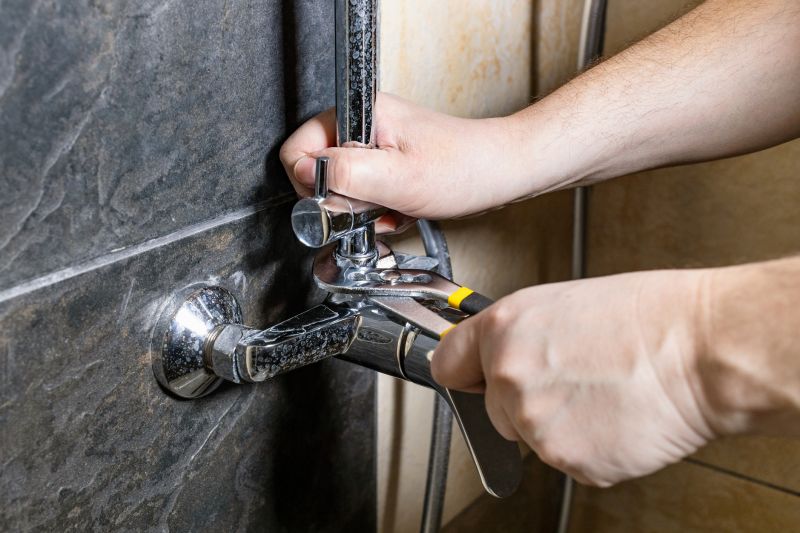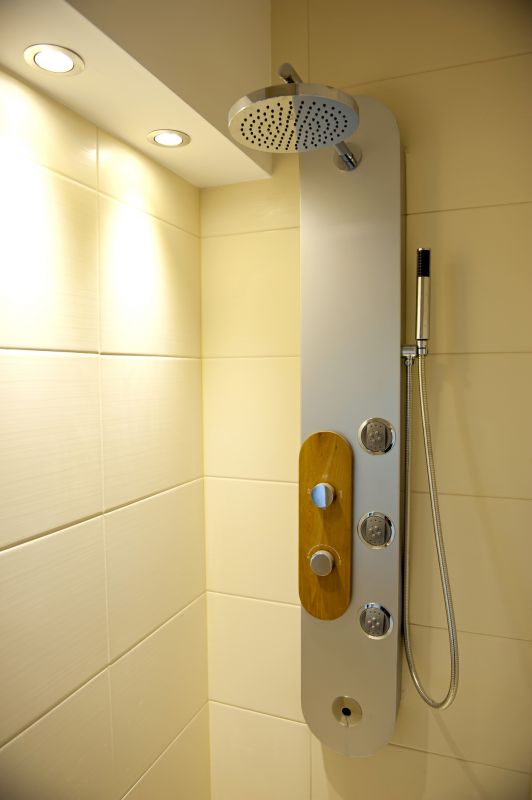Shower Drain Installation
Welcome to Aberdeen Showers
Shower Drain Installation
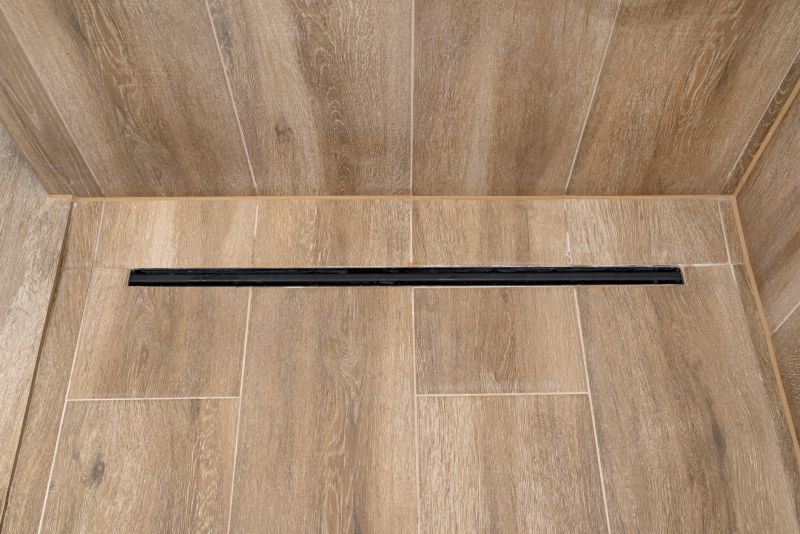
About Shower Drain Installation
Shower drain installation is a crucial aspect of bathroom design and renovation that homeowners need to consider carefully. The right drain ensures efficient water flow and prevents potential water damage. Understanding the various options and decisions involved can help homeowners make informed choices tailored to their specific needs and preferences.
One of the primary considerations in shower drain installation is the type of drain that best suits the bathroom layout. Linear drains, for instance, are popular for their sleek appearance and ability to handle large volumes of water. On the other hand, point drains are traditional and often easier to integrate into existing plumbing systems.
Material choice is another important factor when selecting a shower drain. Stainless steel is a common option due to its durability and resistance to rust, while plastic drains might be chosen for their affordability and ease of installation. Homeowners should consider the longevity and maintenance requirements associated with each material.
Drain placement within the shower is also a key decision. Central placement is typical for point drains, promoting even water flow toward the drain. Linear drains offer more flexibility, as they can be placed along the shower entrance or against a wall, providing a minimalist look and reducing the need for complex tiling patterns.
Waterproofing is essential to prevent leaks and water damage. Proper sealing around the drain and the surrounding shower area ensures that water is directed into the drain without seeping into the subfloor. Selecting high-quality waterproofing materials and ensuring proper installation is vital for long-term performance.
Homeowners should also consider the aesthetics of the drain cover. A variety of designs and finishes are available, ranging from simple grates to decorative patterns. Matching the drain cover with other bathroom fixtures can enhance the overall look and feel of the space.
Ventilation is often overlooked but plays a critical role in maintaining a functional and odor-free drainage system. Ensuring that the drain is adequately vented helps prevent the buildup of unpleasant smells and supports efficient water flow.
When planning a shower drain installation, homeowners should also think about future maintenance. Choosing a drain design that allows easy access for cleaning can simplify upkeep and prolong the drain's lifespan. Regular cleaning prevents clogs and ensures optimal performance.
- Consider drain type: linear vs. point
- Choose durable materials
- Plan effective waterproofing
- Ensure proper ventilation
- Select a complementary drain cover design
In summary, shower drain installation involves several important decisions that can impact the functionality and appearance of the bathroom. By understanding these considerations and options, homeowners can create a shower environment that is both efficient and visually appealing.
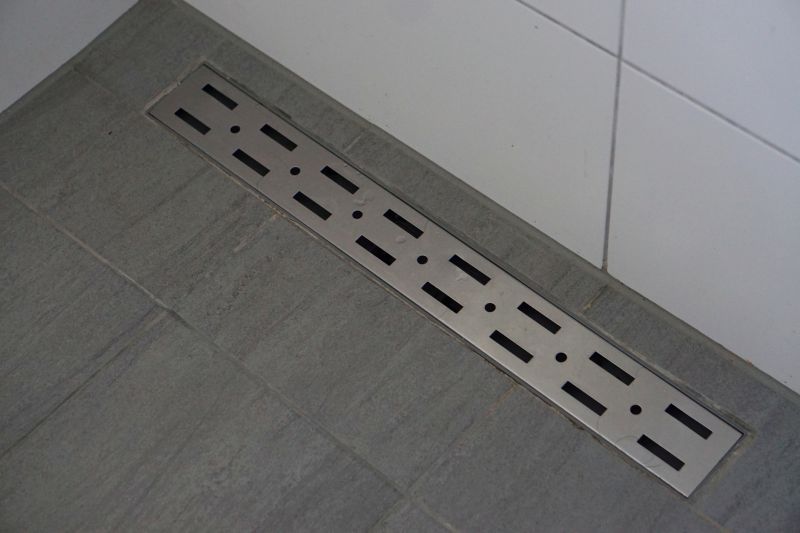
Choosing the Right Shower Drain for Your Bathroom
A Comprehensive Guide to Selecting the Perfect Drain for Your Needs
When planning a bathroom renovation or simply upgrading your shower, choosing the right shower drain is a crucial decision that can impact both functionality and aesthetics. The shower drain is an essential component that ensures efficient water drainage, preventing unwanted water accumulation that can lead to mold and mildew. With a variety of options available, understanding the different types of shower drains and their features is key to making an informed choice.
First, consider the type of shower you have or plan to install. For example, a traditional shower with a standard floor might benefit from a point drain, which is the most common type. Point drains are typically located in the center of the shower floor and are compatible with a wide range of tile designs. They are generally easy to install and maintain, making them a popular choice for many homeowners.
For those looking to achieve a modern and sleek appearance, linear drains might be the perfect solution. These drains are often installed along one edge of the shower floor, allowing for a continuous and seamless look. Linear drains are particularly beneficial in curbless showers, where they can create a minimalist aesthetic while also accommodating larger tiles and unique floor designs. They are ideal for those who desire a contemporary bathroom design.
Material is another important consideration when selecting a shower drain. Stainless steel is a popular choice due to its durability and resistance to corrosion. Alternatively, brass drains offer a classic look and can be a great match for bathrooms with traditional fixtures. Plastic drains are also available and can be a practical option for those prioritizing budget considerations.
Additionally, consider the ease of cleaning and maintenance. Some shower drains come with removable grates or strainers, allowing for easy access and cleaning. This feature can help prevent clogs and ensure that your shower remains functional over time. It's worth considering how often you are willing to perform maintenance when selecting your drain.
Finally, aesthetics play a significant role in choosing the right shower drain. The drain should complement the overall design of your bathroom. Available in various finishes such as brushed nickel, chrome, or matte black, the right drain can enhance the visual appeal of your shower area. Matching the drain finish with other fixtures in your bathroom can create a cohesive and polished look.
- Consider the type of shower: traditional vs. curbless
- Explore different drain styles: point vs. linear
- Evaluate material options: stainless steel, brass, plastic
- Think about maintenance and ease of cleaning
- Match drain aesthetics with bathroom design
In conclusion, selecting the right shower drain involves careful consideration of various factors including functionality, material, and design. By understanding your specific needs and preferences, you can choose a drain that not only meets your practical requirements but also enhances the overall look of your bathroom. Whether you opt for a classic point drain or a sleek linear option, the right choice will ensure your shower is both stylish and efficient.
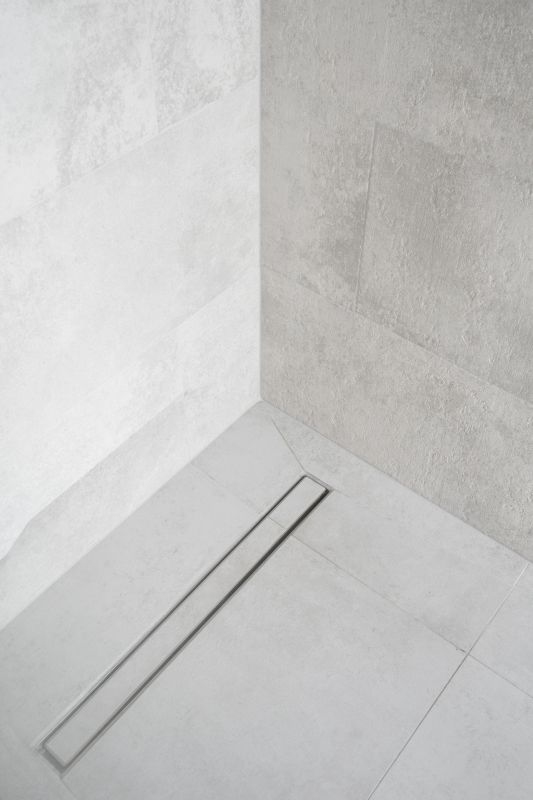
Step-by-Step Guide to Installing a Shower Drain
DIY Instructions for Installing a Shower Drain Like a Pro
Installing a shower drain is an essential part of bathroom renovation or construction. A properly installed shower drain ensures efficient water flow and prevents leaks, which can lead to damage over time. This guide will walk you through the process, making it accessible even for those with minimal plumbing experience.
Before beginning, gather all necessary materials and tools. Typically, you will need a shower drain assembly, plumber's putty, a wrench, and a screwdriver. It's crucial to ensure that the drain you select is compatible with your shower base. Once you have everything on hand, you can proceed with confidence.
The first step involves preparing the shower base. Position the shower base in its designated location and mark where the drain hole aligns with the plumbing. If your shower base is not pre-drilled, carefully cut a hole that matches the size of the drain assembly. This ensures a snug fit and prevents future issues.
Next, apply a ring of plumber's putty around the underside of the drain flange. This creates a watertight seal between the drain and the shower base. Insert the drain body through the hole in the shower base, pressing down firmly to set the putty. From beneath the shower base, screw on the drain nut to secure the assembly in place.
- Ensure the drain flange is tightly secured.
- Check for any excess putty and remove it.
- Connect the drain pipe to the existing plumbing.
- Test the installation by running water to check for leaks.
Once the drain is securely installed, it's time to connect it to the plumbing system. Align the drain pipe with the existing plumbing and use the appropriate fittings to secure the connection. It's important to ensure that all connections are tight to prevent leaks.
Finally, test the installation by running water through the drain. Check for any signs of leaks around the drain flange and the plumbing connections. If everything is watertight, you have successfully completed the installation. A well-installed shower drain not only enhances functionality but also contributes to the longevity of your bathroom.
